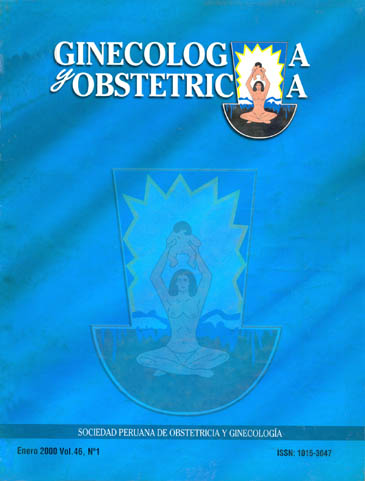Association between fetal asymmetry relations measured by AC / DC and LF / CA and neonatal weight asymmetry measured by the index.
DOI:
https://doi.org/10.31403/rpgo.v46i1393Abstract
To evaluate the correlation between fetal asymmetry (DC / AC and LF / CA above the 95th percentile) and neonatal asymmetry (neonatal ponderal index (IPN) below the 10th percentile). MATERIAL AND METHOD: The monitoring data CLAP's SIP fetuses classified as asymmetric and symmetric as biometric indices. RESULTS: 1604 cases selected significant association between fetal and neonatal asymmetry was found. The LF / CA> p95 relation proved to be a good predictor of neonatal asymmetry after week 33. CONCLUSIONS: The relationship DC / AC turned out to be the best predictor of neonatal asymmetry.Downloads
Downloads
Published
2015-07-16
How to Cite
Lagos, R., Espinoza, R., Vallejos, C., & Orellana, J. (2015). Association between fetal asymmetry relations measured by AC / DC and LF / CA and neonatal weight asymmetry measured by the index. The Peruvian Journal of Gynecology and Obstetrics, 46(1), 82–83. https://doi.org/10.31403/rpgo.v46i1393
Issue
Section
Comunicación Corta
















